Myths about teaching can hold you back
- Year 3
Opaque, transparent and translucent
I can compare different materials based on how transparent they are.
- Year 3
Opaque, transparent and translucent
I can compare different materials based on how transparent they are.
These resources will be removed by end of Summer Term 2025.
Switch to our new teaching resources now - designed by teachers and leading subject experts, and tested in classrooms.
These resources were created for remote use during the pandemic and are not designed for classroom teaching.
Lesson details
Key learning points
- Materials can be compared and classified according to how much light can pass through them.
- Opaque materials do not let light pass through them.
- Transparent materials allow light through so objects can clearly be seen through them.
- Translucent materials allow some light to pass through but are not completely see-through.
Keywords
Materials - A material is what an object is made from. An object can be made from more than one material.
Classify - To classify is to sort objects into groups.
Opaque - Light cannot pass through objects that are opaque.
Transparent - Transparent materials are completely see-through.
Translucent - Translucent materials allow some light to pass through but are not completely see-through.
Common misconception
All materials that let light through them are transparent.
Explanation of the difference between materials that are transparent and those that are translucent.
To help you plan your year 3 science lesson on: Opaque, transparent and translucent, download all teaching resources for free and adapt to suit your pupils' needs...
To help you plan your year 3 science lesson on: Opaque, transparent and translucent, download all teaching resources for free and adapt to suit your pupils' needs.
The starter quiz will activate and check your pupils' prior knowledge, with versions available both with and without answers in PDF format.
We use learning cycles to break down learning into key concepts or ideas linked to the learning outcome. Each learning cycle features explanations with checks for understanding and practice tasks with feedback. All of this is found in our slide decks, ready for you to download and edit. The practice tasks are also available as printable worksheets and some lessons have additional materials with extra material you might need for teaching the lesson.
The assessment exit quiz will test your pupils' understanding of the key learning points.
Our video is a tool for planning, showing how other teachers might teach the lesson, offering helpful tips, modelled explanations and inspiration for your own delivery in the classroom. Plus, you can set it as homework or revision for pupils and keep their learning on track by sharing an online pupil version of this lesson.
Explore more key stage 2 science lessons from the Introduction to light and shadows unit, dive into the full primary science curriculum, or learn more about lesson planning.

Equipment
Torch and materials for testing: a plastic brick. wooden block, glasses, glass jug, book, magnifying glass, tracing paper, clear plastic bag, rubber band (optional).
Content guidance
- Exploration of objects
Supervision
Adult supervision recommended
Licence
Prior knowledge starter quiz
6 Questions
Q1.Which of these is a material?
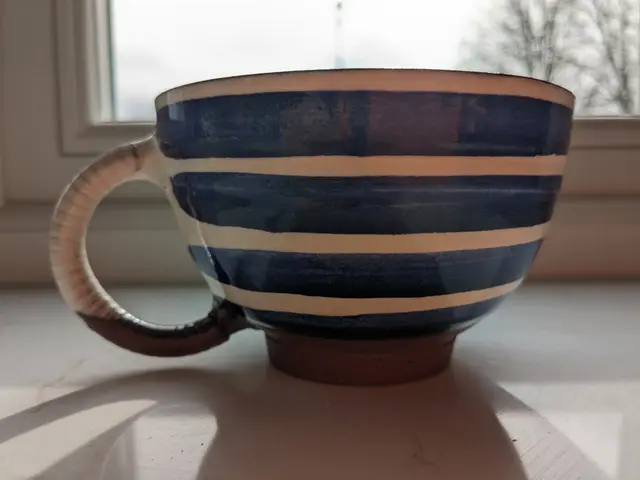

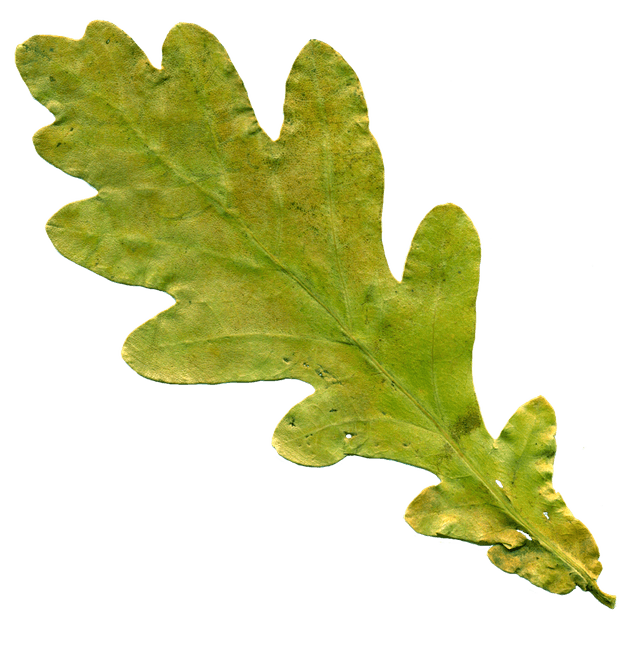
Q2.What material is the see-through part of a window made from?
Q3.Which of these objects is made from a material that won't let light through?

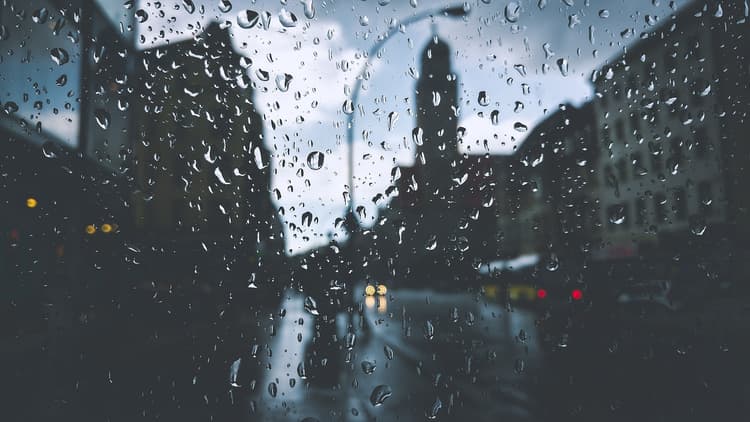
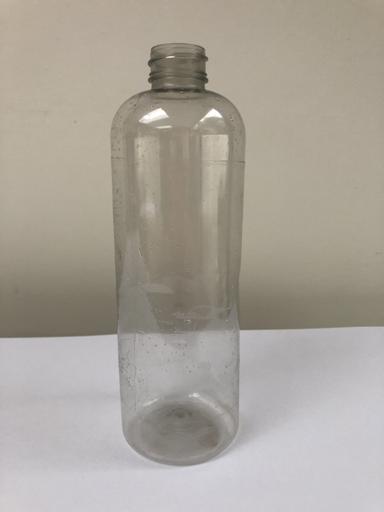
Q4.Materials that we can see through are good for making ...
Q5.Materials that don't let any light through are useful for making ...
Q6.When we put materials into groups, which science skill are we using?
Assessment exit quiz
6 Questions
Q1.When we classify materials, what do we do?
Q2.Opaque materials ...
Q3.Which of these objects is made from an opaque material?

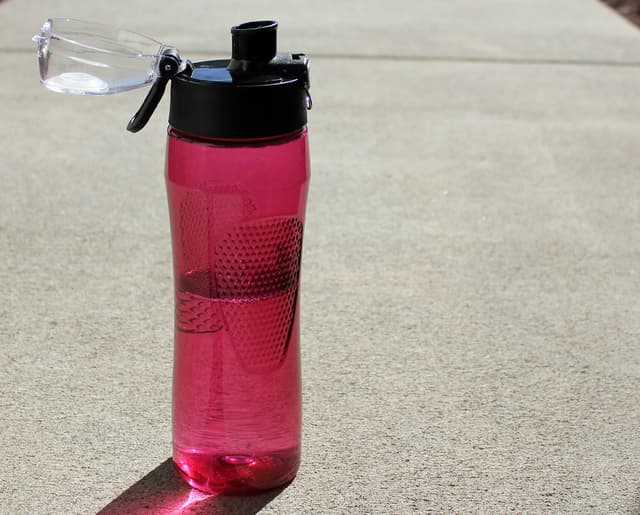
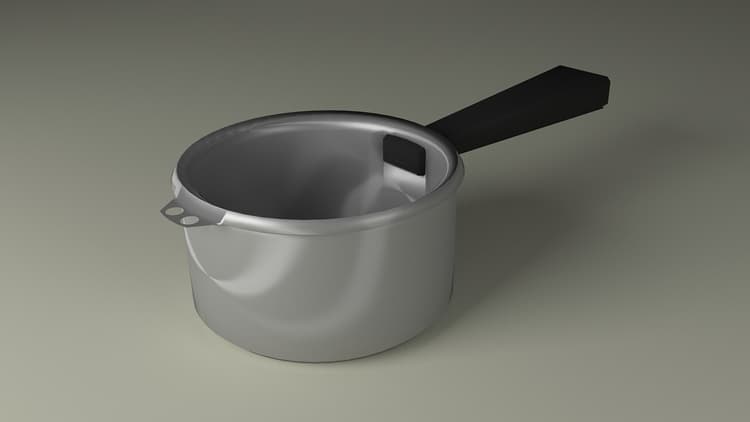
Q4.Which of these statements about transparent materials is true?
Q5.Which image shows an object made from a translucent material?

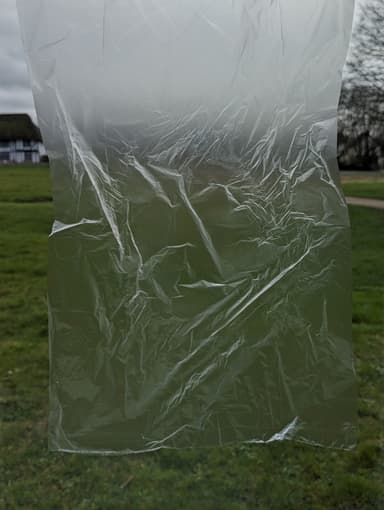

Q6.Can objects be seen through translucent materials?





